The Apple Watch Review
by Joshua Ho & Brandon Chester on July 20, 2015 8:00 AM EST- Posted in
- Wearables
- Apple
- Mobile
- Apple Watch
WatchOS: Communication
If you’ve been reading closely in the past few pages, you’ll probably notice that there’s a rather consistent theme when it comes to what I find myself doing with the Apple Watch. For the most part, those uses revolve around instant messaging, text messages/iMessage, email, and the extremely rare phone call. Ultimately, communication is what the Apple Watch is all about. I suspect that this is ultimately why Apple has placed a dedicated side button for the Friends screen, which contains a carousel of contacts that you would frequently contact. In practice, this is the only way to access some of the features that are specific to Apple Watch, namely Digital Touch and sending animated emoji.
The Friends UI itself is definitely quite effective for what it is, and really shows again just how useful the digital crown can be when it comes to keeping the UI compact without compromising usability. Selecting a given person is done with the digital crown, with confirmation providing by tapping the display. Once confirmed, the user can elect to call or send a text message. If the friend has an Apple Watch as well, the previously mentioned Digital Touch and animated emoji features will also be accessible from the same screen.
Honestly, I saw next to zero value for sending heart rate or animated emoji, but the ability to send taps to someone is really quite helpful given how good the haptic feedback (Taptic Engine) is at getting someone’s attention. It’s definitely possible to accidentally spam taps to someone without malice though, which is something to be mindful of. Drawings are also a fun feature, but probably not a killer app. At the end of the day, it’s probably a fair bet that you’re going to spend most of your time using the Apple Watch to send text messages and make phone calls rather than drawings or emoji.
Although I’ve already discussed the text messaging aspect, the phone aspect is a pretty interesting experience. In practice, phone calls are definitely not going to work in public on the watch, but in private settings I found the experience to be without any major problems. The actual phone call part of the experience is usually pretty relaxed as you can basically leave the iPhone 6 somewhere else and talk over speakerphone with your hands on a computer as the microphone can still pick up voices reasonably well in that kind of situation as long as you haven’t covered the mic with your wrist or clothing. Trying to make a call is also one of the easier things to do, with a list of recent calls synced from the paired iPhone, favorites, a contact list, and voicemail access from the phone application. You can also make a call from the previously mentioned Friends screen.
One issue that I've observed when making calls on the Apple Watch is that there are times where it will hand the call off to the iPhone rather than completing it on the watch. In fact, every time you make a call you will momentarily see a message that says "Handed Off", which would imply that the call has been transferred to the iPhone. Usually this will be quickly followed by the standard ringtone and call connection being done using the speaker and microphone right on the watch, but I've encountered times where it actually does hand the call off to the iPhone and there's no way to pass it back. This seemed to happen in very specific circumstances, such as calling a certain contact using the friends menu rather than right from the phone app, and it's definitely something that will just require a small bug fix.
Something else to note about audio calling is that the Apple Watch doesn't support making FaceTime Audio calls. This is less of a problem now than it would be in the past, as Continuity and Handoff allow iPhone users with iPads and Macs to answer phone calls on those devices. That being said, it means that there's no way to communicate with a person on their iPad or Mac if they don't own an iPhone, which is somewhat disappointing with how FaceTime is positioned by Apple as a way to communicate across all Apple devices. I would imagine that support for FaceTime Audio calling will be added down the road in either a software update or a new version of the Apple Watch, quite possibly with a front-facing camera to enable both video and audio calling.
Fitness
Fitness has been a huge trend in the wearable industry as of recent, with no signs of slowing down. Heart rate monitoring is almost a standard in smartwatches by this point for better or worse, as is step counting. Fitbit, Jawbone, Microsoft, Garmin, HTC, and others have all made strongly fitness-targeted wearables. In the case of the Apple Watch, I was somewhat dubious that this feature would be all that important to my evaluation of the watch. After all, an enormous number of these wearables suffered from the abandonment problem that I previously discussed. Given that fitness tracking didn’t seem to be all that of an appealing feature, I was pretty well convinced that the selling points of a truly successful wearable would be elsewhere. I’m also decidedly low-tech when it comes to how I approach exercise, as to me there’s no real data needed other than a timer and whether I feel like I’m exercising at a sufficiently strenuous pace, when I exercise at all. As a result, I haven’t been evaluating applications like Endomondo and other fitness-related applications in deep detail, and I didn’t really expect to be writing this section either.
So now that we’ve established the background in which I approach fitness, we can start to talk about the actual fitness app on the watch. The fitness aspect is actually remarkably simple. Setting up the application at the start goes something like inputting your height, weight, sex, and age, then selecting a starting move goal. Once you’re done with all of this, just about the only thing you actually have to do with any kind of regularity to make the fitness tracking work is put the watch on and make sure it isn’t locked when you use it. One of the most important parts of getting people to actually use an application is to always ensure a low barrier to entry, and Apple has pulled this off remarkably well.
From there, the actual fitness tracking is completely invisible. The user never actually has to actively interact with the watch to get fitness tracking to work. There are only three metrics tracked at this time, but they’re probably the most important predictors of health. The first is movement, which appears to be at least partially based upon heart rate because I seem to have “movement” calories during times when I’m doing nothing but sitting in front of a computer and typing. The second is exercise, which is definitely influenced by heart rate although I haven’t been able to really experiment to see if heart rate is the sole determinant of this metric. The final metric is standing, which effectively attempts to get people to stand for at least a minute every hour for twelve hours a day.
As far as I can tell, after a few weeks of continuously using the watch with the phone paired it didn’t make a real difference in distance estimates when I would forget the phone and rely on the watch for distance estimates. When using purely passive distance tracking, I found that the watch estimated a 1.8 mile walk at 2 miles, or roughly 10% error. However, when selecting the "outdoor walk" fitness option a 1.8 mile walk was estimated at 1.75 miles, which is pretty much no error at all.
There is a workout component, but I suspect that this is something more targeted towards someone who is actually setting aside time every day to do nothing but exercise. I tried the interface and found it to be a useful addition, but I really haven’t had a reason to use it as the automatic tracking is pretty much good enough for my needs.
Of course, outside of tracking the watch will also give you reminders (or guilt trips?) throughout the day of your progress on these three metrics. If you haven’t stood within the last hour, the watch will also remind you of this so you can stand for at least a minute and take a break from whatever you were doing. None of these are really all that intrusive though as the reminders are widely spaced throughout the day so it didn’t feel like I was getting bombarded by notifications from the fitness application. The stand notifications can get pretty excessive if you’re sitting down for an excessive amount of time, but it’s possible to disable this which is a nice touch.
Surprisingly, I found myself looking at these features pretty often because it’s data that I haven’t actually had any real insight into. I’ve never really used a fitness tracker that keeps track of something as simple as standing time, which seems like an obvious metric to track as soon as you start using the fitness functions of the watch because sitting for extended periods of time can have significant effects on health regardless of how much exercise you do. Other fitness trackers have also tracked calories burned and distance covered before, but an actual exercise metric is surprisingly helpful because it’s often difficult to tell what exercise really constitutes as. For example, I wouldn’t consider walking at a decent pace to and from a store half an hour away to be exercise, but with heart rate tracking it turns out that at least half an hour of the one hour walk was actually exercise. I’m sure some people would consider this to be cheating, but in practice I’ve found that the end result was that I had a tendency to try and be more active more often because almost any kind of reasonably strenuous activity would be counted as exercise.
Overall, I found that the fitness component of this watch to be a real surprise. I often hear that Apple is good at making things we didn’t know we wanted, but this is probably the first time I’ve really believed that statement. Going into the review, I didn’t really realize that I wanted a solid fitness tracker on a smartwatch, but now I’m really convinced that there is value to such features.
The only difference was implementation, and it’s apparent to me that the difference here is strongly influenced by a level of thought that I otherwise haven’t seen in most smartwatches. I don’t particularly care for step counts, but I do care about how many calories I’ve used through activity and how many minutes of exercise I’ve done in a day. Even if you don’t care about fitness tracking, the watch’s fitness tracking capabilities are worth keeping in mind when comparing against other wearables. Of course, buying Apple Watch isn't going to magically make you healthier, but it will provide information that allows such actions to be taken.


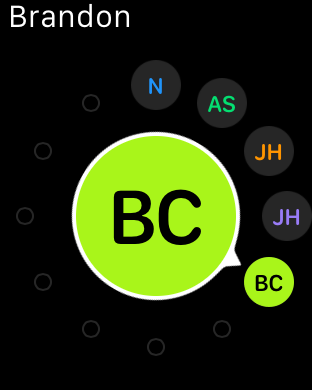

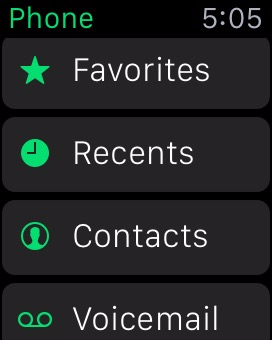
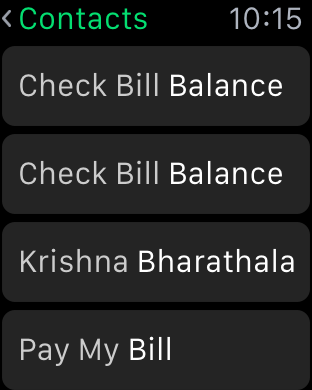

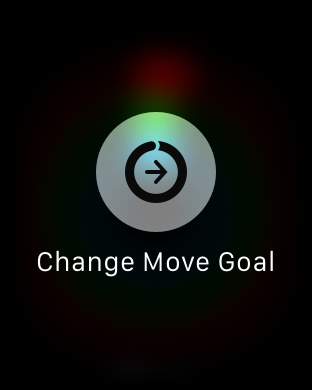
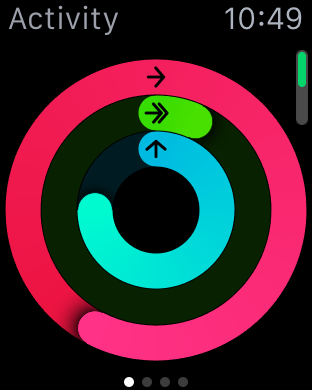
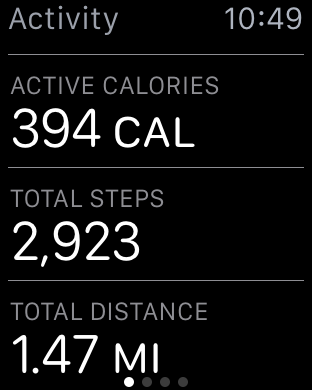
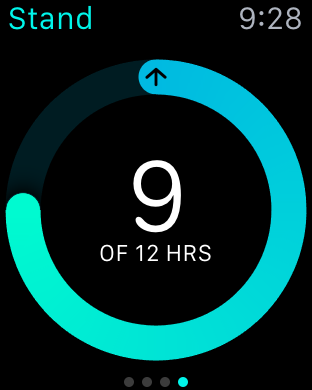
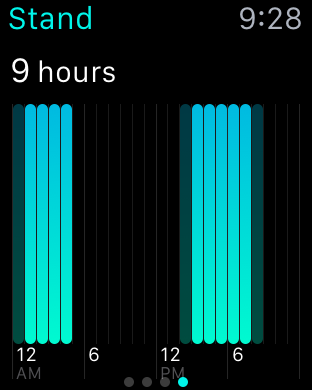
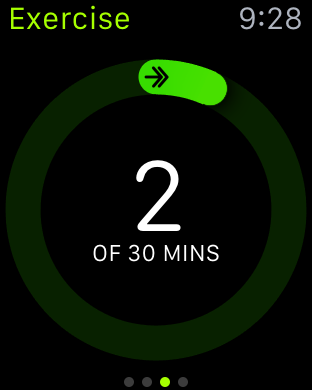
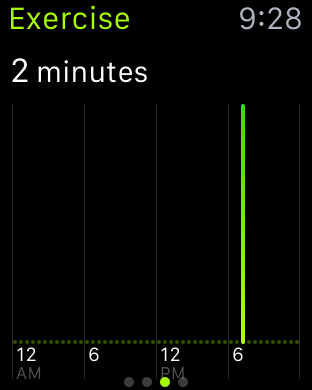
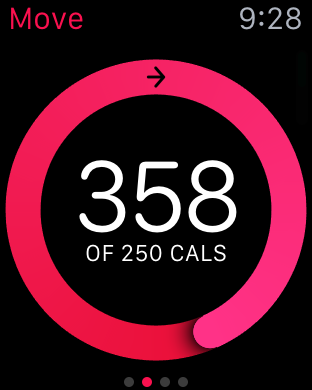

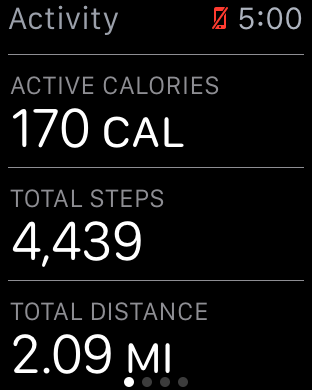
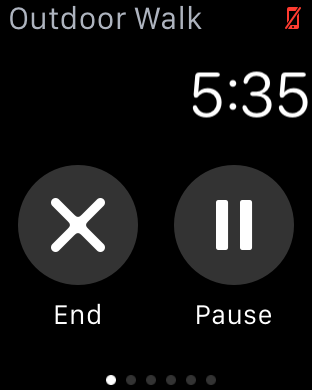
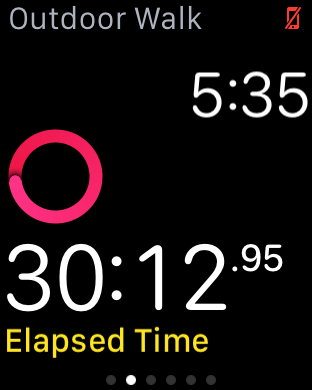
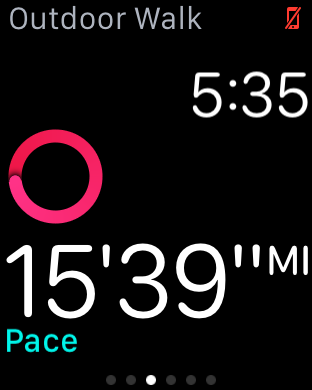
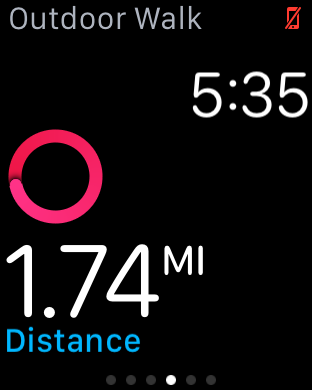
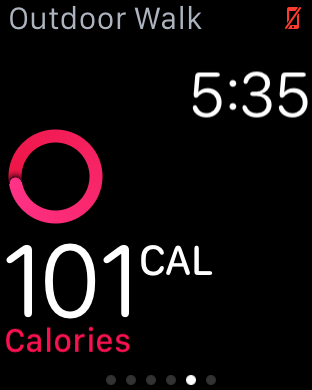
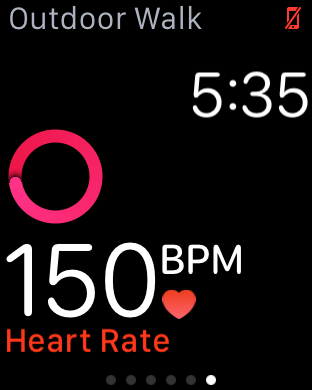
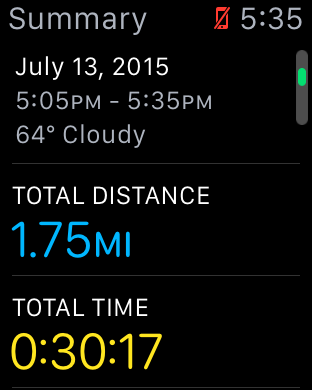
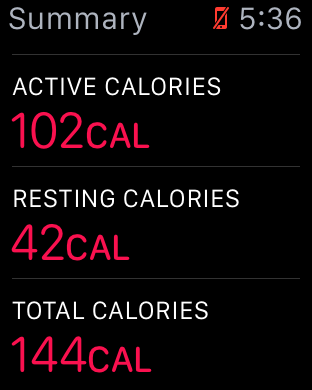
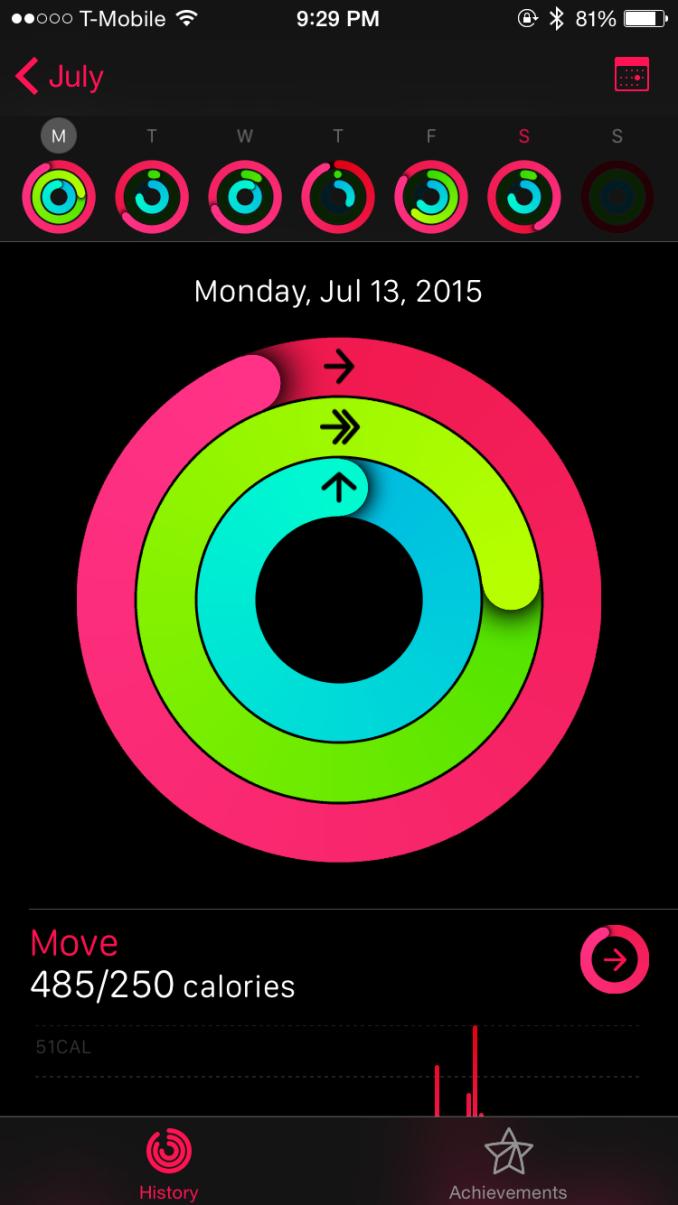
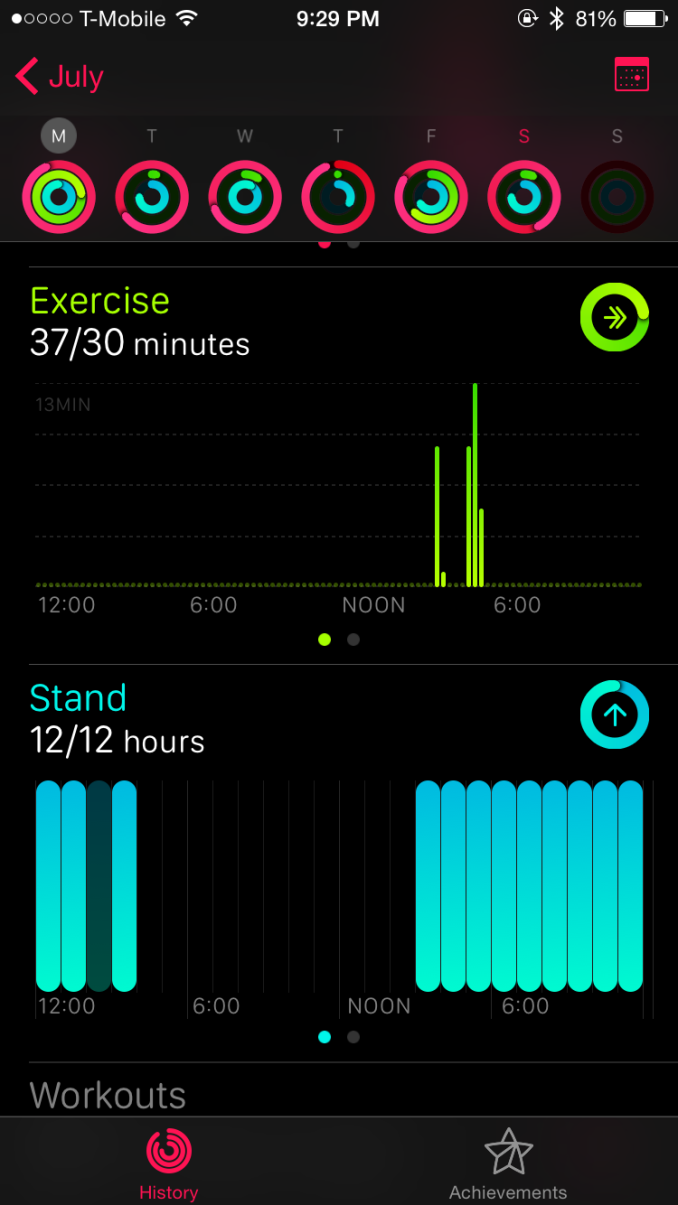
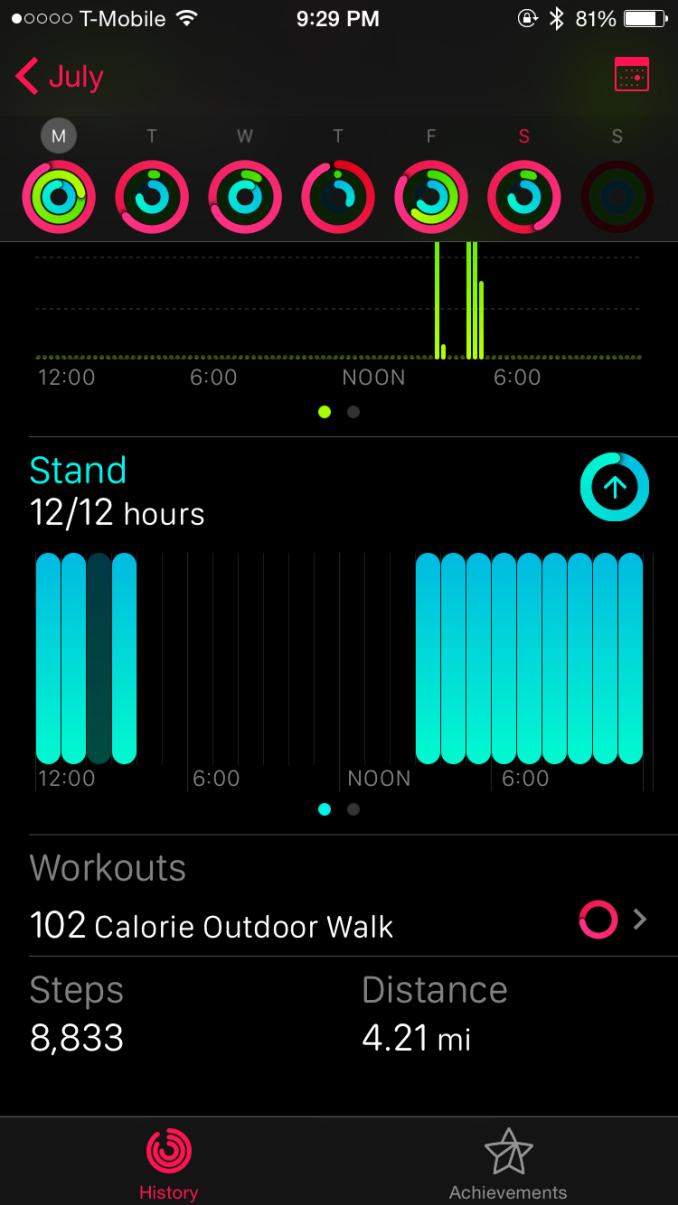
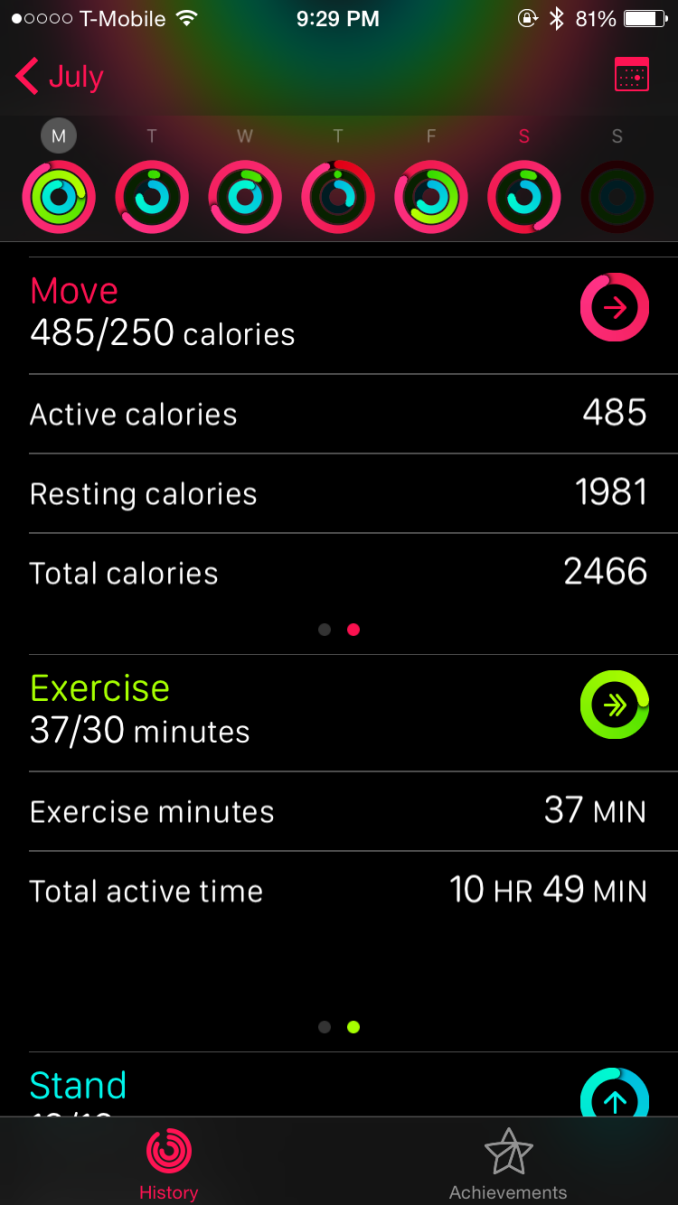
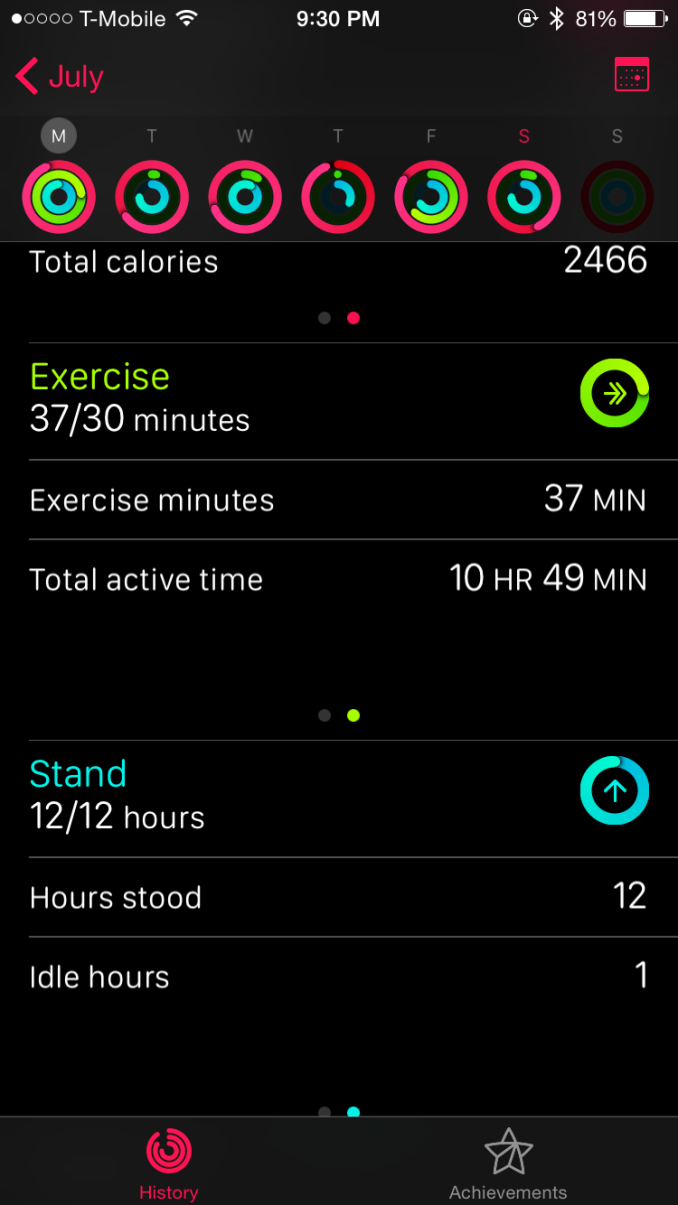
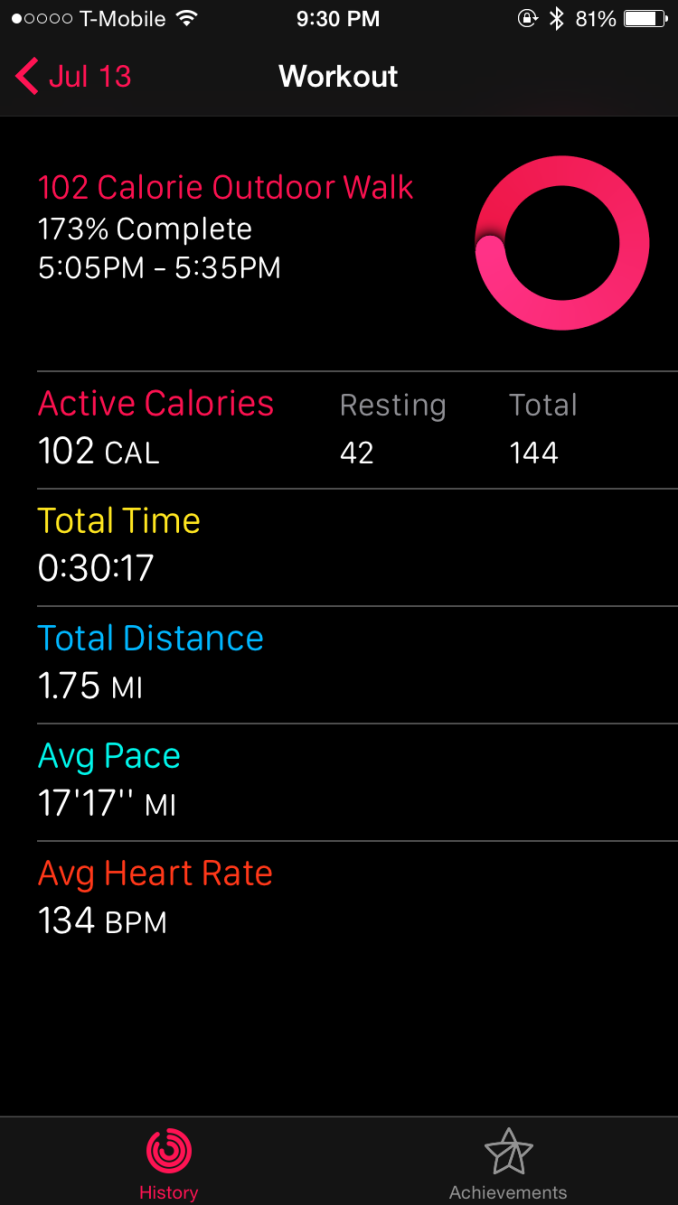








270 Comments
View All Comments
Lord of the Bored - Tuesday, July 21, 2015 - link
Ah. That makes a huge difference, and I retract the complaint.As near as I could tell, it was a simple spring-latch rig, and you can understand where I was curious what people were going to say when the latch springs started sagging.
Joschka77 - Monday, July 20, 2015 - link
are you really trying to tell me, that Apple has gotten right what nobody in the whole watch making industry (including the likes of Breitling, Rolex, Tag Heuer, ....etc) hasn´t succeded in doing?"The ergonomic annoyances involved with wearing a wristwatch" have always been a nuisance to you, but Apple "on the other hand doesn’t suffer from discomfort issues at all, and in this regard, Apple has arguably pushed the industry forward"???
the whole watch making industry?
are you serious??????
wperry - Monday, July 20, 2015 - link
That stuck out in my mind as well: an admitted non-wearer of watches commenting on how the watch industry has been pushed forward. Yikes. It's like someone with a bus pass making declarative statements on the third car they've driven.mrdude - Monday, July 20, 2015 - link
All the while using the same band that reviewers have pointed out has a tendency to detach if it gets caught while pulling/putting your hands into/from your pockets.This really is one of the worst reviews I've ever read on AnandTech.
KPOM - Monday, July 20, 2015 - link
I have that band and have not had any issues with it detaching.wc2000 - Monday, July 20, 2015 - link
I think it's pretty hard (or at least not standard) to find straps as good as these below $500 (and assuming you value the smart technology as worth more than $0, that means the Apple watch is indeed pushing the industry). I've owned a few $300 to $500 watches and have found them uncomfortable.p_giguere1 - Monday, July 20, 2015 - link
The thing is that even "watch guys" are saying Apple's pushing the watch band industry forward.For instance: http://www.hodinkee.com/blog/hodinkee-apple-watch-...
"There is nothing that comes close to the fluidity, attention to detail, or simple build quality found on the Apple Watch in this price bracket."
"[...] the attention to detail on the straps and bracelets themselves is downright incredible, and when I mentioned above that nothing comes close in this price range, it is very visible when talking about straps."
"It is much nicer than any leather strap I've ever felt on a $350 analog watch."
"This "loop" style bracelet is just fantastic, and unlike the bracelet on my Omega, it just works. It's magnetized and you can close it at any size. It is light to wear, but substantial, and feels fantastic on the wrist. How does it compare to this nice Tissot with a similar bracelet? Switzerland, you don't want to know."
"In many cases, its offerings make what is coming out of Switzerland (or Asia) look amateurish."
I think you guys shouldn't underestimate Apple's ability to make good watches based on the fact other guys have been making them for longer. Remember what was said about the original iPhone?
Joschka77 above sounds a lot like Ed Colligan (Palm's CEO) in 2006: "We've learned and struggled for a few years here figuring out how to make a decent phone. PC guys are not going to just figure this out. They're not going to just walk in."
How's Palm doing now?
KPOM - Monday, July 20, 2015 - link
I've worn watches since I was 7 (I'm 39). The band mechanism on the Apple Watch definitely has the "why didn't anyone think of this before" feel to it.name99 - Monday, July 20, 2015 - link
Why do you find this so hard to understand?Donald Norman write a book in 1988 called the Design of Everyday Things which is one long rant about how badly designed is almost everything we encounter every day, from doors to faucets to toasters. It's fascinating reading it today, 25 years later, to see
(a) how aggressively Apple has followed most of what he says. (Obviously he does not talk about specifically smartphones or smart watches, but he discusses general usability principles)
(b) how little the rest of the market has been affected by his insights. Doors still suck Faucets still suck. Toasters still suck (and are dangerous as hell).
So why is it at all startling that Apple is the one company that can design a watch strap that doesn't suck?
Hell it's not just the watch strap. The crown on these $15,000 and higher watches ALSO sucks. I know someone with one of those fancy watches, with 7 diamonds floating in it and all that, and it is an utter freaking pain every daylight savings change because trying to reset the time with the crown is such a hassle --- trying to pull out this tiny little bobble on the side of the watch, then rotate it the precise amount. When Apple first showed us the digital crown I was terrified of the implications, because EVERY analog crown I have ever dealt with sucked. Fortunately I didn't need to worry --- Apple adopted the appearance of the crown, but (like the strap) actually put some freaking thought into how to make it pleasant to use.
KPOM - Monday, July 20, 2015 - link
Yes. I swap out my Apple Watch bands several times a week with ease. I replaced my bands in my regular watches with lots of difficulty every year or so.